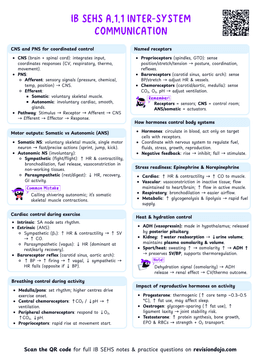Evaluating Anxiety Measurement in Sports
Direct Observation Methods
Behavioral Signs
- Observing physical manifestations of anxiety:
- Pacing
- Nail biting
- Excessive sweating
- Trembling
- Fidgeting
While direct observation is straightforward, it may not capture internal anxiety states accurately as some athletes mask their symptoms well.
Performance Analysis
- Monitoring changes in:
- Movement patterns
- Decision-making speed
- Technical execution
- Communication with teammates
Self-Report Measures
State-Trait Anxiety Inventory (STAI)
- Two 20-item questionnaires measuring:
- State anxiety (current feelings)
- Trait anxiety (general tendency)
Athletes should complete the state anxiety portion close to competition for most accurate results.
Competitive State Anxiety Inventory-2 (CSAI-2)
- 27 items measuring three components:
- Cognitive anxiety
- Somatic anxiety
- Self-confidence
An athlete might score:
- High on cognitive anxiety (worried thoughts)
- Moderate on somatic anxiety (physical symptoms)
- Low on self-confidence This profile would suggest intervention focusing on mental strategies and confidence building.
Physiological Measures
Heart Rate Monitoring
- Tracking:
- Resting heart rate


